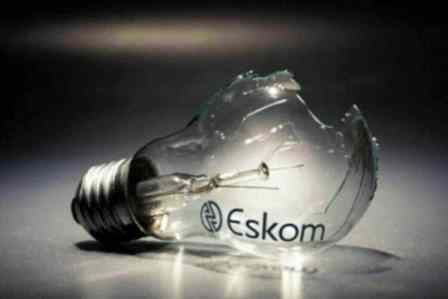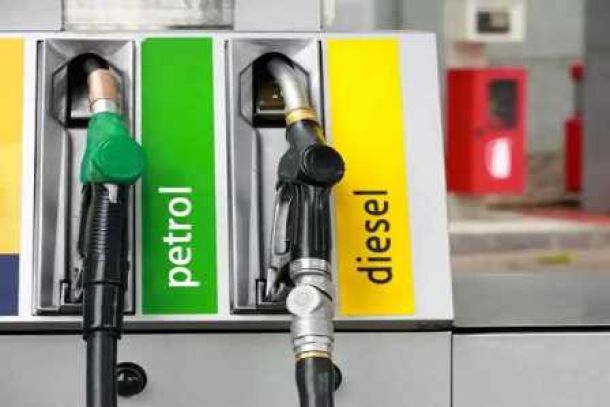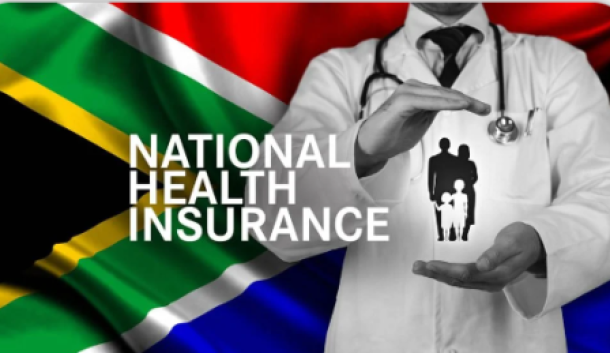
Eskom wants to hike electricity prices by up to 44%
By: Myles Illidge - MyBroadband
Eskom has asked the National Energy Regulator of South Africa (Nersa) for a 36.15% electricity tariff hike for the customers it directly supplies and charges, Daily Maverick reports.
However, customers supplied by local power utilities could be harder hit, with Eskom requesting an increase of 43.55% for these customers.
A confidential draft document, dated May 2024, reportedly revealed details about the electricity price increases the state-owned power utility wants and plans to submit to Nersa for its financial years from 2026 to 2028.
It asked Nersa for a standard tariff increase for non-municipal customers of 36.15% for the 2025/26 financial year, 11.81% for 2026/27, and 9.10% for 2027/28.
Those supplied by municipal power utilities could face increases of 43.55% in 2025/26, 3.36% in 2026/27, and 11.07% in 2027/28.
The first set of increases would be implemented on 1 July 2025, and the draft document was the first step in the application process.
The proposed electricity price hikes must still undergo an extensive public comment and hearing process.
Eskom hopes that through the price increases, it will generate revenue of R446 billion, R495 billion, and R537 billion in 2026, 2027, and 2028, respectively.
The state-owned power utility said the delayed implementation of South Africa’s renewable energy programme means it is under pressure to increase its generation capacity.
It noted that between 2019 and 2023, over 8,000MW of capacity that was primarily meant to come from solar and wind generation was not available as intended in the Integrated Resource Plan of 2019.
As a result, its coal-fired stations have to fill in the generation gap.
Eskom’s electricity tariff increase of 12.54% for its direct customers kicked in on 1 April 2024, while the tariffs it charges for electricity sold to local authorities like municipalities increased by 12.72% from the same date.
A recent MyBroadband analysis revealed that Eskom direct customers will pay between R168 and R792 more per month, depending on their tariff scheme.
The energy charge for this tariff plan increases from R2.50 to R2.82 for the first 600kWh of electricity consumed in a month, while consumption over 600kWh is now charged at R4.54 per kWh instead of R4.03.
All Homepower customers must also pay a fixed network capacity charge, which has increased from R6.56 per day to R7.39 for Homepower 4 users.
This brings the monthly network capacity cost from R196.80 to R221.80.
Factoring in the changes in both the energy and capacity charges, Eskom’s average 900kWh user on Homepower 4’s bill will increase by R370.29.
The more conservative Homepower 4 users, with only 450kWh of consumption, will be paying about R168.50 more.
However, heavy power users that consume 1,500kWh per month will pay as much as R792 extra.
A comparison of Eskom’s electricity prices to the rest of the world revealed that it is one of the most expensive suppliers globally.
Data from GlobalPetrolPrices, comparing South Africa’s electricity tariffs with 146 other countries, showed that Eskom’s average tariff ranks as the 95th most affordable.
The analysis includes all components of electricity billing, including the cost of power, distribution, and taxes, drawing data directly from Eskom and Nersa.
It calculated an average household electricity tariff of around R3.29 by September 2023, equivalent to roughly 18 USD cents at the time.
Looked at from the back of the pack, South Africa has the 53rd most expensive power in the world, just barely escaping the bottom third with the worst electricity tariffs.
GlobalPetrolPrices’ data showed that South Africa’s average electricity was about US$0.156 or 16.7% higher than the global average.
However, there is a big shake-up on the horizon. The National Council of Provinces recently passed the Electricity Regulation Amendment Bill, which seeks to reform South Africa’s electricity industry.
This includes introducing an open market for electricity trading, in which Eskom will just be a trader rather than hold a monopoly over supply.
A key part of this process is the creation of the Transmission Systems Operator (TSO) to replace the Eskom System Operator. The TSO will act as a wheeler and dealer of electricity.
It also gives Nersa more power, giving it the ability to license entities that will participate in the open market.
While it will no longer need to regulate pricing, the regulator will be tasked with setting and approving tariffs, which must allow licensees like Eskom and independent power producers to recover their costs and earn a reasonable return.
News Category
- International retailers
- On the move
- Awards and achievements
- Legislation
- Wine and liquor
- Africa
- Going green
- Supplier news
- Research tools
- Retailer trading results
- Supply chain
- Innovation and technology
- Economic factors
- Crime and security
- Store Openings
- Marketing and Promotions
- Social Responsibility
- Brand Press Office
Related Articles

Big petrol price drop tipped for July

Fuel price cuts bigger than expected

‘Desperation is the new normal’ for South Afric...

SA retail sales up 2.3% in March


